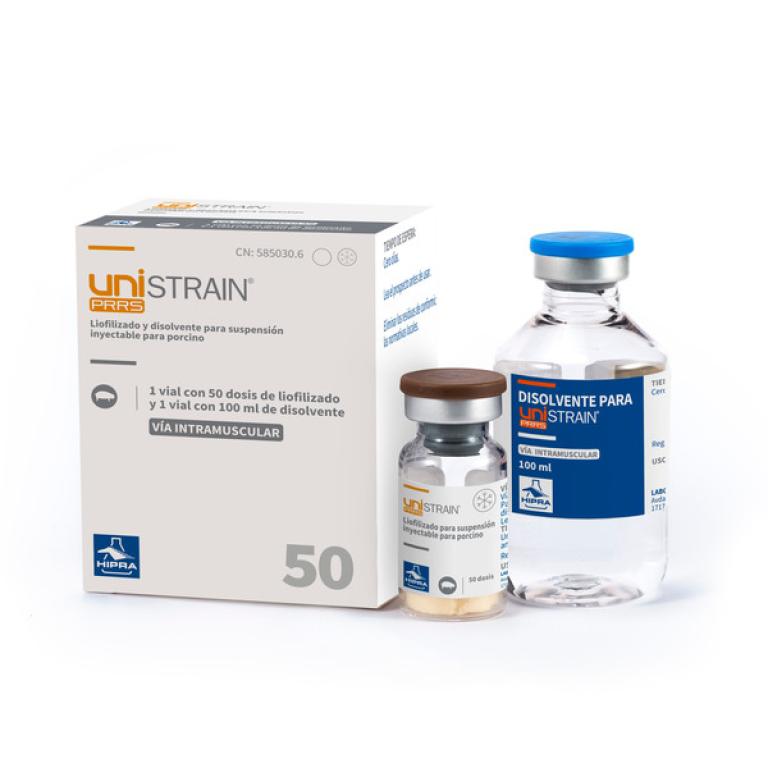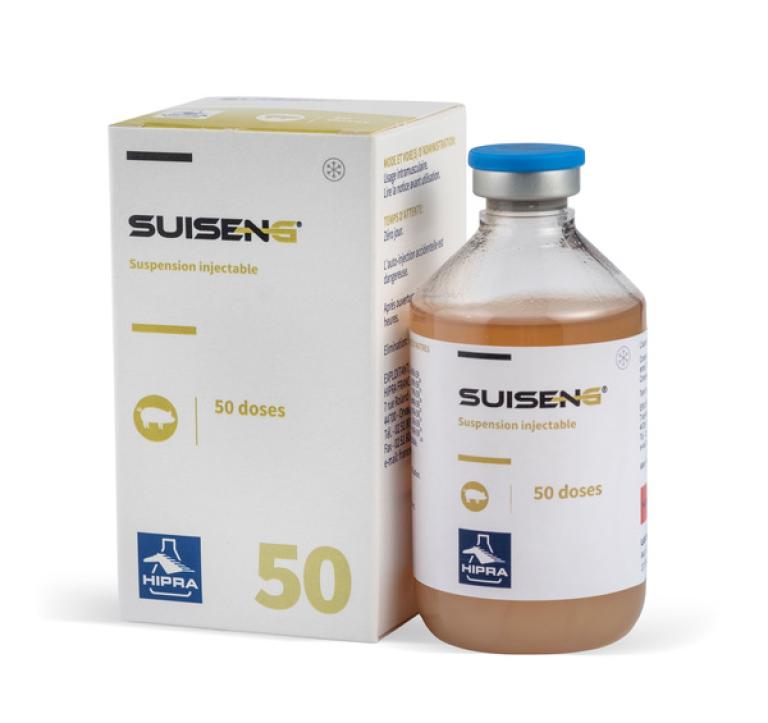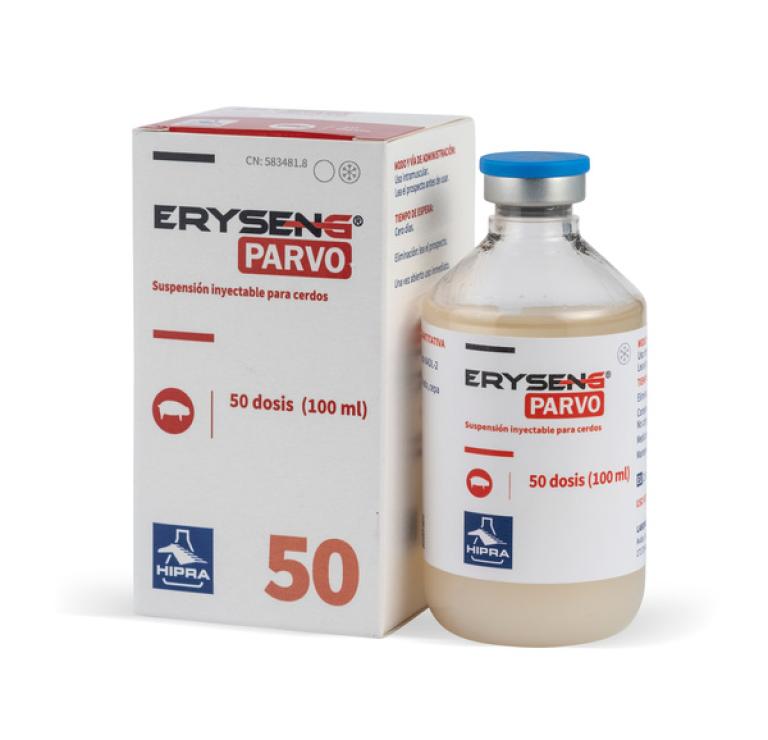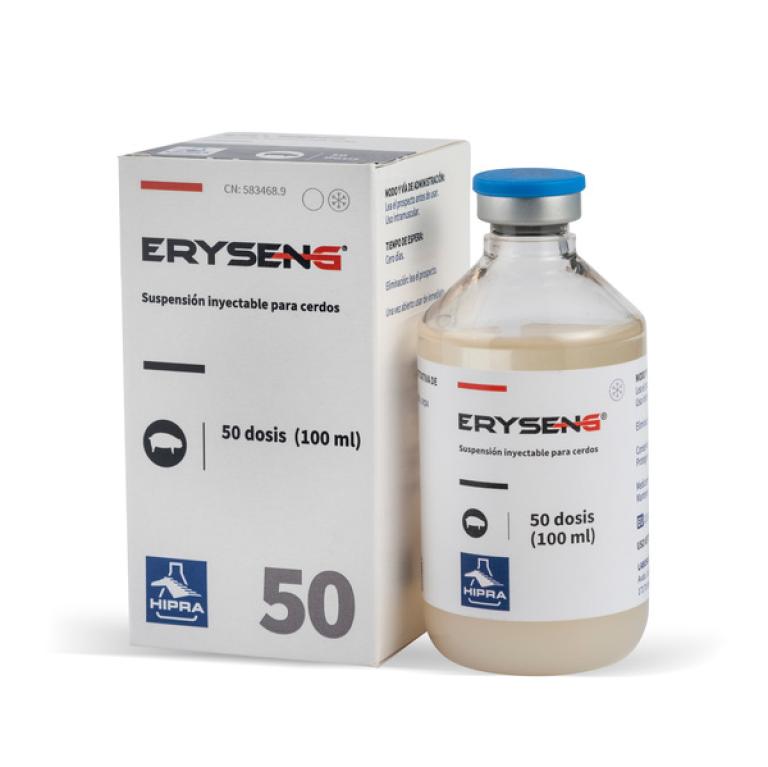Welcome to the space that deals with the consequences of VTEC infections in the field through quick audio episodes:
EPISODE #3: What about successful diagnosis of Edema Disease?

Senior pathologist at the laboratory for pig diseases at the Danish pig research centre. He has a background as a swine practitioner and before joining SEGES, he worked at the National Veterinary institute.

Veterinary specialist in swine and MSc by the University of Zaragoza and eMBA studies by the Barcelona School of Management (Pompeu Fabra University). Actually Corporate Brand Manager of the SENG Range in HIPRA.

Veterinarian who has dedicated a large part of his professional career to the diagnosis of diseases in different species, particularly pigs. Jaime is responsible for HIPRA's diagnostic services and all of HIPRA’s diagnostic centres around the world.
One of the keys to prevention of a disease is to have a good diagnostic approach. There are different tools to identify the presence of Edema Disease under field conditions. The use of oral fluids and FTA cards is one of the latest diagnostic tools available to swine vets.
Can you tell us more about the correlation between F18, verotoxin 2e and Edema Disease?
We had a very interesting but severe case, where over 100 pigs, weighing around 25 kgs, suddenly died within a very few days. The findings we made did not fit together. So we did not get the correct diagnosis right away.
Clinically it looked very much like edema disease, but it could also have been a severe case of meningitis or poisoning of some kind. When we looked inside the pigs we saw very severe lesions. They pointed in many different directions.
We saw necrosis of the ileum, coecum, colon… and all the way into the rectum. Some pigs also had severe gastritis. The consistency of the faeces ranged from watery to mushy to solid.
To diagnose Edema Disease we use saliva instead of faeces, which is really interesting. Can you tell us more about that?
Since saliva was postulated as a valid sample for the diagnosis of infections such as PRRS, we have investigated its usefulness for other viral and bacterial infections. This is how we have optimised the detection of viruses such as the influenza virus and bacteria such as Bordetella b. and Pasteurella m. in oral fluids.
Perhaps the most innovative feature of this service is the possibility of using FTA cards to immobilise OF samples without losing sensitivity. This is very useful when the farm and the laboratory are far away from each other.




































